As flights keep getting longer, jet lag doesn’t seem to be going anywhere.
The world’s longest flight launched last year, when Qatar Airways added direct routes between Doha, the Qatari capital, and Auckland, New Zealand.
The 9,032-mile flight takes a breezy 17 hours and 30 minutes. However, traveling across multiple time zones – in this case, 10 – brings with it long-haul flying’s chief occupational hazard.
Jet lag refers to the disruption of the body’s internal clock, also known as the circadian rhythm, which regulates our sleep-wake cycle, body temperature and the release of hormones.
“The body is trying to adapt to a different light-dark schedule,” neuroscientist Tara Swart tells CNN Travel.
“Within the brain, jet lag causes a disruption within a group of neurons which control the dream state of rapid eye movement sleep. They find it hard to adjust to the new cycle and become out of sync with other neurons in the brain associated with deep sleep. Other symptoms can include fatigue, insomnia and nausea.”
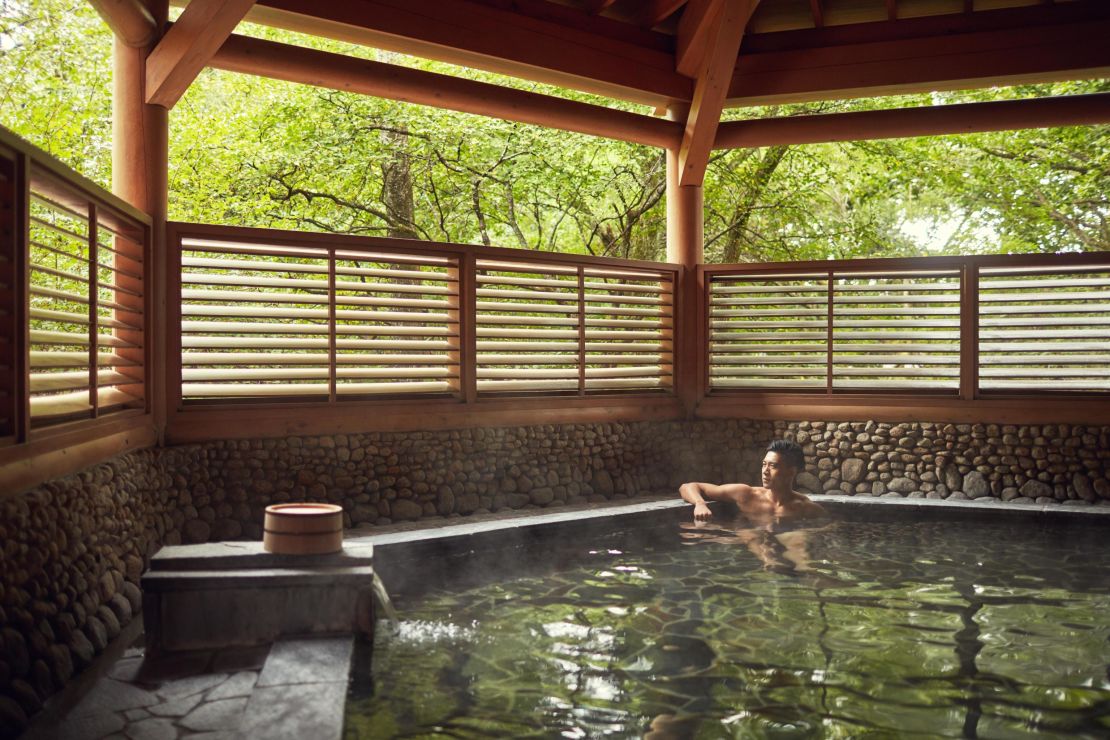
There are many conventional ways to combat jet lag. Swart says the current best practice is to anticipate the changes and adjust your body clock in advance.
“Reset your watch to the time of your destination at the beginning of your journey and, depending on whether you are flying east or west, try and expose yourself to additional light in the morning or evening a few days before flying,” she says.
“If you feel sleepy during daylight hours when you arrive, try and do some aerobic activity, which will help you stay awake and boost your mental performance, due to oxygenation of the neurons, and release of the hormone serotonin which regulates mood.”
But if the common solutions still aren’t working for you, there are some alternatives that might be worth a try – although there are no guarantees.
From forest bathing to fasting, IV infusions to watsu water massage, melatonin to flotation therapy, plus sound healing and earthing, these are a few unconventional jet lag remedies.

Melatonin
Taking melatonin, a hormone secreted by the pineal gland, is one strategy that could help the body adjust to new time zones.
The body’s circadian rhythm is directly related to the regulation of melatonin – essentially, melatonin levels rise with the onset of darkness and fall with light exposure.
“When we cross time zones and are exposed to light during our normal bedtime, our melatonin cycles are disrupted, resulting in jet lag until our circadian rhythm gets in sync with the new time zone,” Dewa Dude, the lead doctor at new health and wellness clinic EDEN Life Centres in Bali, Indonesia, tells CNN Travel.
“Researchers advise a small dose, usually 0.5 milligrams, after dark when you reach your travel destination and taking it for the minimum time needed (from one to three days).”
While melatonin is effective for some travelers, Dude advises his clients to avoid taking melatonin before or during air travel.
“There’s some concern that it may actually hinder your recovery from jet lag,” he adds.
Where to try it: While melatonin pills are widely available over the counter at most drug stores, it’s advised to talk with your doctor to decide if this strategy is right for you.
Fasting
Diet is equally as important to regulating the body – and fasting could help travelers hit the ground running.
“Try fasting on the flight until breakfast in the new time zone, as this can help untick and re-anchor your body’s rhythm,” says Swart. “Your gut bacteria also suffer from jet lag so taking probiotics before, during and after a big trip is beneficial.”
Dude agrees, adding that travelers should refrain from eating or drinking – anything other than herbal tea and water – if they’re hoping to prevent jet lag.
“Usually if you have your last meal at the origin and wait for the next main meal at the (local) time this will help you get onto the current time zone quicker,” says Dude.
“Doing a 16-hour fast has proven benefits whether flying or on the ground, so why not take the opportunity to avoid salt- and fat-laden airplane food and kick-start your metabolism at the same time?”
Where to try it: Your seat. Some might say it wouldn’t be too painful to pass on airplane food. But if you’re concerned about how fasting could affect you, please consult your doctor.
Earthing
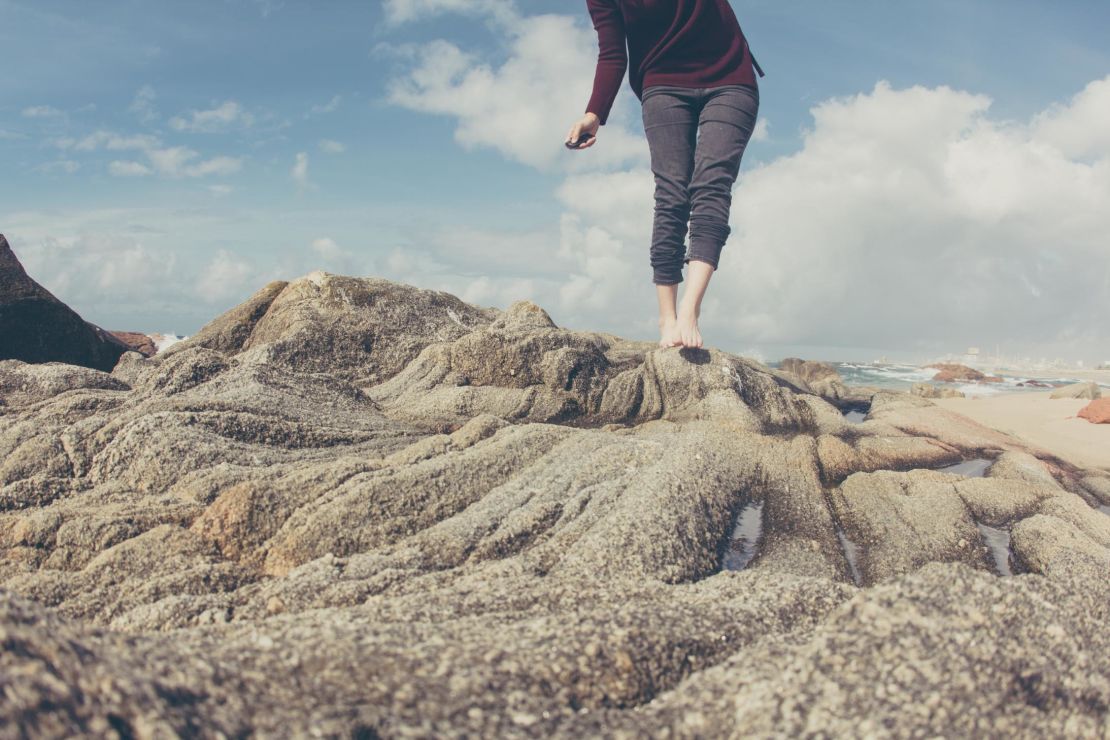
Looking for an excuse to stop and smell the roses? Earthing might be a two-in-one solution.
It’s pretty much what it sounds like – referring to a practice of reconnecting with the ground, whether it be walking barefoot or simply relaxing in nature.
“Among the discovered benefits, research suggests earthing can help reset the biological clock by regulating diurnal body rhythms such as cortisol secretion,” says Dude.
“We are not convinced in the science behind this, but the fresh air, time taken in nature and breathing will help any aspects of imbalance, so we say go for it.”
Where to try it: Nothing fancy here. All you have to do is take off your shoes and walk through the grass after you arrive at your destination.
Watsu
Invented in the United States, watsu – a water-based therapy inspired by Japanese shiatsu massage – is commonly used to treat depression, fibromyalgia (a disorder that results in chronic muscle pain) and promote relaxation.
A typical session takes place in a small private pool heated to about 94 to 98 F (about 35 C). After strapping small flotation devices onto your legs, the therapist will then cradle your head so it never falls below the water.
The sensation of zero gravity enables you to relax every single muscle, letting go of deep-seated tensions.
With your body fully relaxed, the therapist can then gently manipulate your neck, back, arms and legs to stretch and massage tired muscles.
It’s meditative and physically rejuvenating – but while some swear by it as a jet lag cure, Dude feels the main benefits are general wellness and relaxation.
“By applying therapist shiatsu massage and encouraging gentle movements, this therapy can help to reduce physical and psychological stress, muscle soreness and tension,” says Dude.
Where to try it: In Hong Kong, one of the world’s most stressed-out cities, newly opened Balinese wellness retreat Fivelements Hong Kong offers this treatment should you wish to give it a spin during your next business trip.
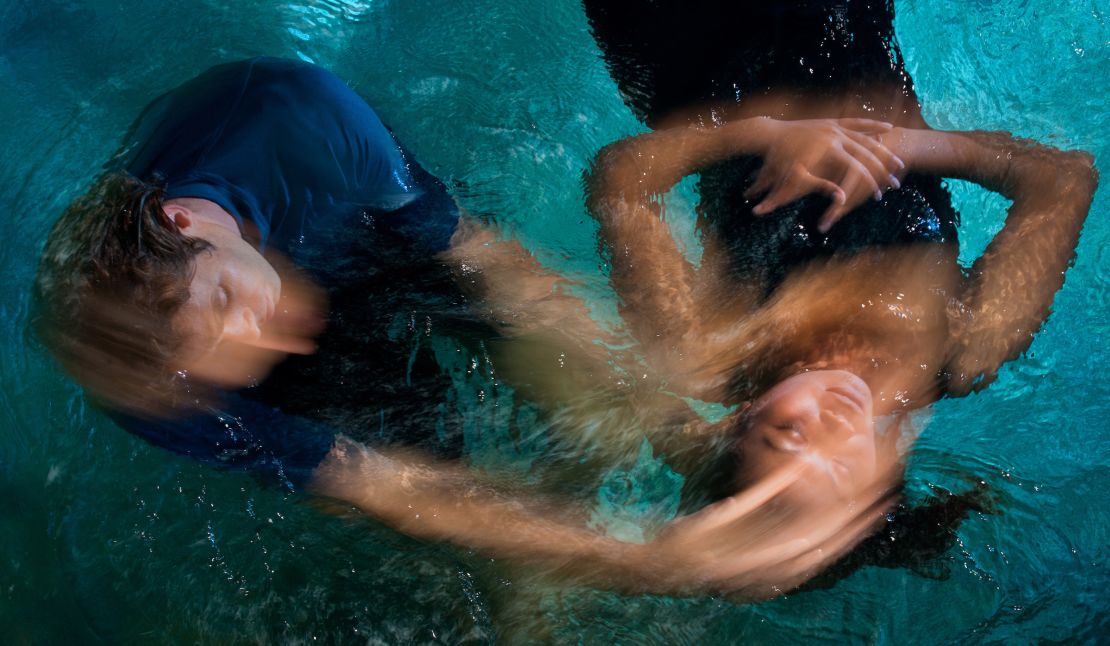
Restricted Environmental Stimulation Therapy
New treatments such as Restricted Environmental Stimulation Therapy (REST), also known as isolation tanks or flotation therapy, could also provide some perks for frequent travelers due to its ability to recalibrate your internal clock.
In Europe, REST flotation tanks have been a popular practice since the 1980s. They are used for relaxation, encouraging creativity, and treating problems such as anxiety, swelling, insomnia and jet lag.
How does it work? In a light- and soundproof isolation tank, you’ll float in skin-temperature salt water (about 93.5 degrees Fahrenheit) – leaving you alone with your mind and the feeling of being completely weightless.
“Taking time out to minimize external stimulus through sensory deprivation is beneficial for helping with stress,” says Dude.
“Whether it be a silent spa, a silent retreat, float tank, or just spending time completely silent, the main object here is to allow your brain to rest and therefore repair.”
While sensory deprivation is not specifically targeted at jet lag, Dude says regularly practicing sensory deprivation will benefit the body and mind – and potentially lessen symptoms of long-haul travel.
Where to try it: In Chicago, travelers will find a couple of Float Sixty club locations across the city, while Jumeirah Emirates Towers provides a salt-water flotation tank in the hotel’s Talise Spa.
Onsens (hot springs)
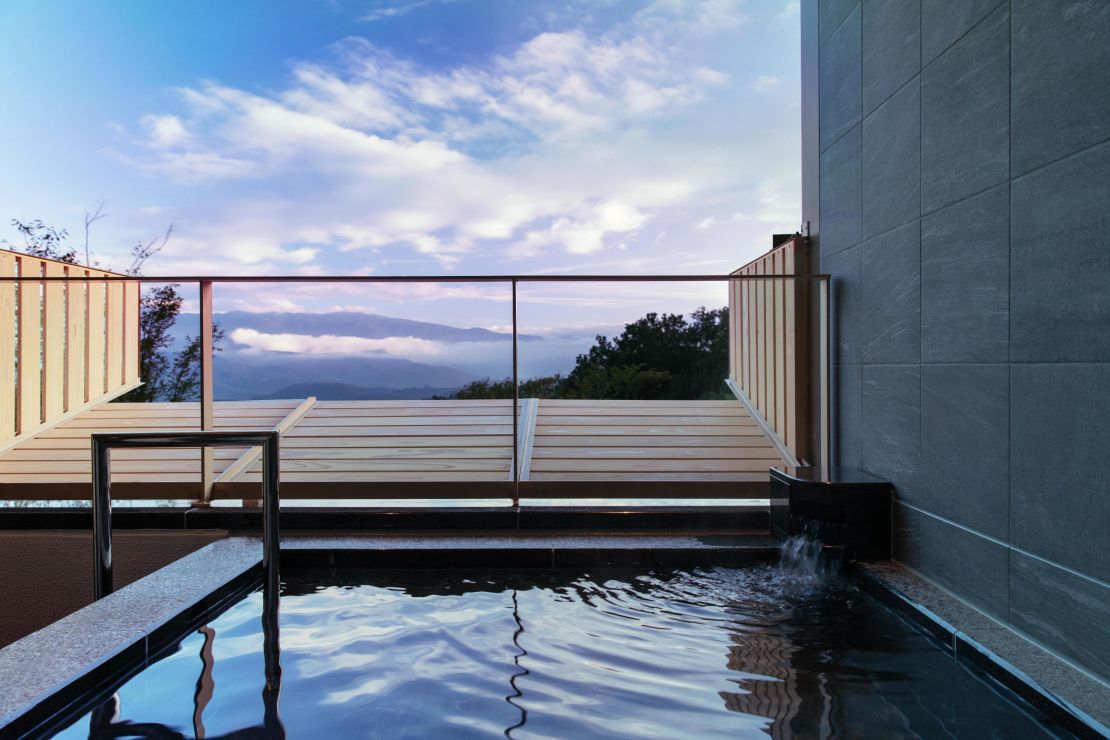
An ancient tradition in Japan, onsens (hot springs) have been used since ancient times for their therapeutic and skin-enhancing properties.
In Japan, people have long sworn by the physical and mental benefits of mineral-rich volcanic waters, which are usually full of calcium, sodium chloride, and sulfur.
These thermal baths have been proven to increase circulation, benefit skin and muscle pains, lower cortisol levels (which produce stress), relieve fatigue, and improve sleep.
As stress and sleep disruption are key symptoms of jet lag, hot spring baths could be a relaxing strategy. But as any kind of steam treatment can cause dehydration, it’s imperative to consume extra fluids before and after baths.
Where to try it: Marriott just opened five new resorts in Japan – including Izu Marriott Hotel Shuzenji, south of Tokyo, and Lake Biwa Marriott Hotel, outside of Kyoto – and each offers a mix of in-room onsens and public bathhouses.
IV infusions
Once reserved only for hospitals and medical centers, intravenous or IV infusions have recently made their way to wellness resorts and day spas around the world.
In addition to boosting hydration, immunity, and energy, IV injections could also be a jet lag solution.
“Without a doubt you will benefit from jet lag by adding nutrients and vitamins to your body, so it can recover from the stress of air travel and sleep deprivation,” says Dude.
How does it work? Since IV treatments inject fluids directly into the bloodstream, it enables 100% vitamin absorption.
Where to try it: Bali’s EDEN Life Centres features an IV infusion lounge where guests can soak up a cocktail of A, B, C, D, and E vitamins in the comfort of an Eames recliner – an experience that Dude says is popular among airline crew members, frequent travelers and generally busy people.
Sound healing
A subtle and soothing alternative therapy, sound healing is like an aural massage for your body on a cellular level.
Inspired by the ancient practice of Himalayan singing bowls, sound therapy aims to re-tune the body’s energy frequencies by harnessing the power of sonic frequencies.
In a typical sound therapy session, a guest will lie in a dark room and listen to a mix of sounds at varying frequencies. The experience usually includes percussive instruments such as drums, bells, bowls, and gongs, though chanting is also common.
“Vibrational frequencies at 528hz have been shown to heal the body’s DNA, as well as improve mood, sleep and overall wellness,” says Dude.
“It is a new and exciting therapy and we have had experience with the frequency assisting in lifting and balancing moods. Just think of it as tuning up your body using a sound frequency as the tool.”
As some people have reported better sleep quality after sound healing sessions, Dude says there’s potential for this strategy to benefit jet lag sufferers.
“It would be advantageous to listen to this frequency while sleeping on the plane, and have it playing on a low level in your home when you land to encourage happy DNA,” says Dude.
Where to try it: If you’re passing through Hong Kong, you can stop into Manhattan’s Woom Center for a mind-quieting aural journey. In Croatia, Villa Dubrovnik offers its own version – The Diamond Cocoon, where guests lie in a dark, enclosed chamber atop a bed of bubbling warm water as a journey of light and sounds aim to help them relax and get a better night’s sleep.
Forest bathing
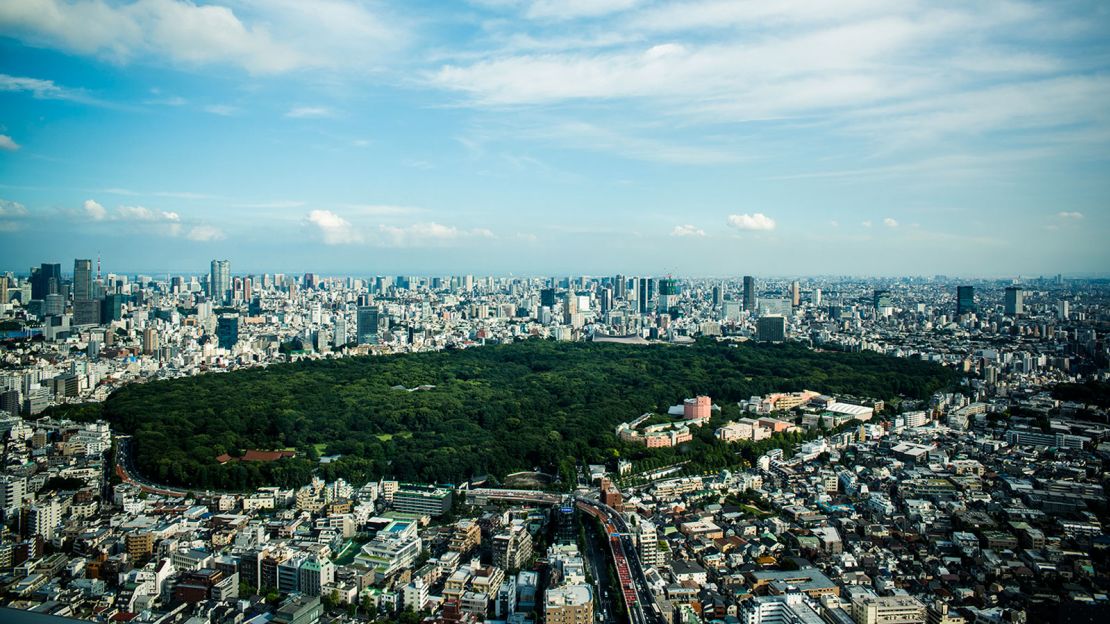
Similar to earthing, forest bathing is an ancient meditation tradition that emerged in the 1980s in Japan, where it’s known as Shinrin-yoku forest therapy.
Primarily a meditative and preventative health practice, forest bathing advocates claim the human body can draw good energy in the healing atmosphere of a forest.
Alternatively, if there’s no forest nearby, it’s best to find any environment where you’re fully encircled by nature.
Studies have shown that trees emit organic compounds that boost immunity, reduce blood pressure, develop intuition, and improve sleep.
“Spending time with nature and making time to relax will assist the body with its repair and recovery,” says Dude.
“This is a preventative therapy aimed at keeping stress levels low. As we all know, keeping stress to a minimum will mean the body can heal and operate on a better vibration, so while this therapy may not be medically proven as a jet lag recovery therapy, it will certainly benefit the individual.”
Where to try it: You don’t need to be in Japan to try Shinrin-yoku, but should you find yourself in Tokyo – a little outdoor jaunt through Yoyogi Park, located near the Park Hyatt Tokyo in Shinjuku – should do the trick.








